How to Stay in Shape as a Lifeguard
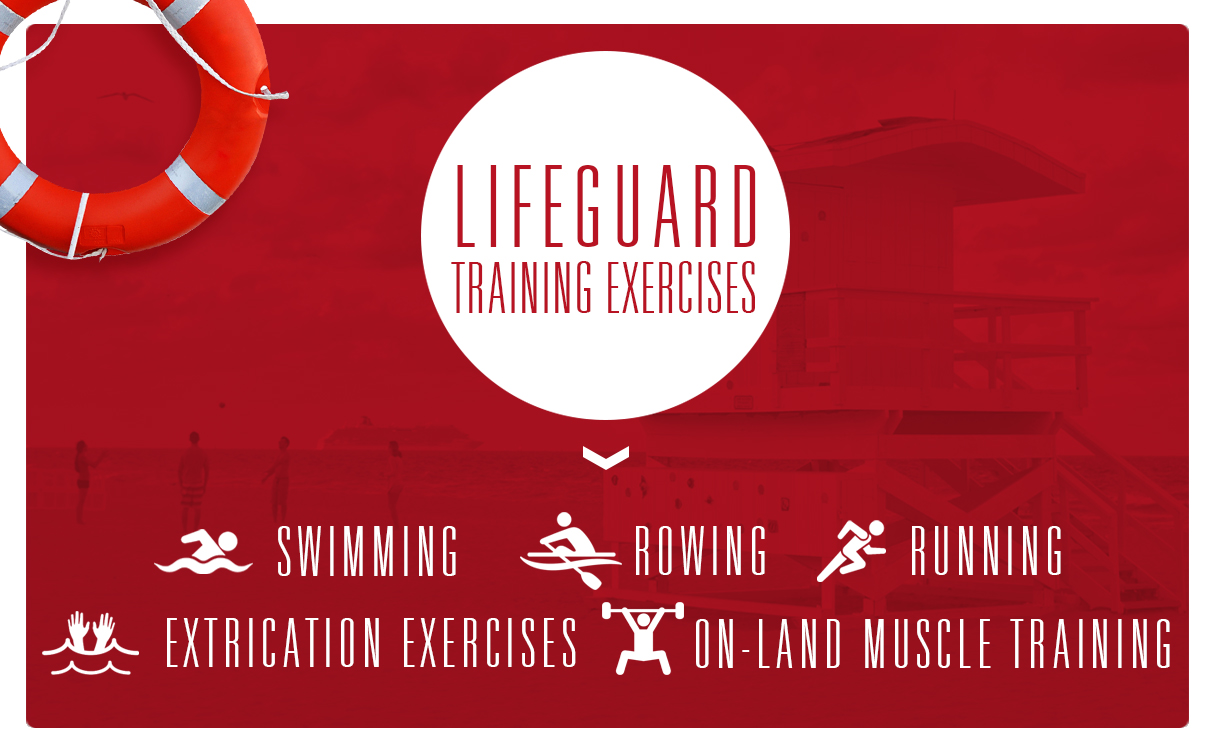
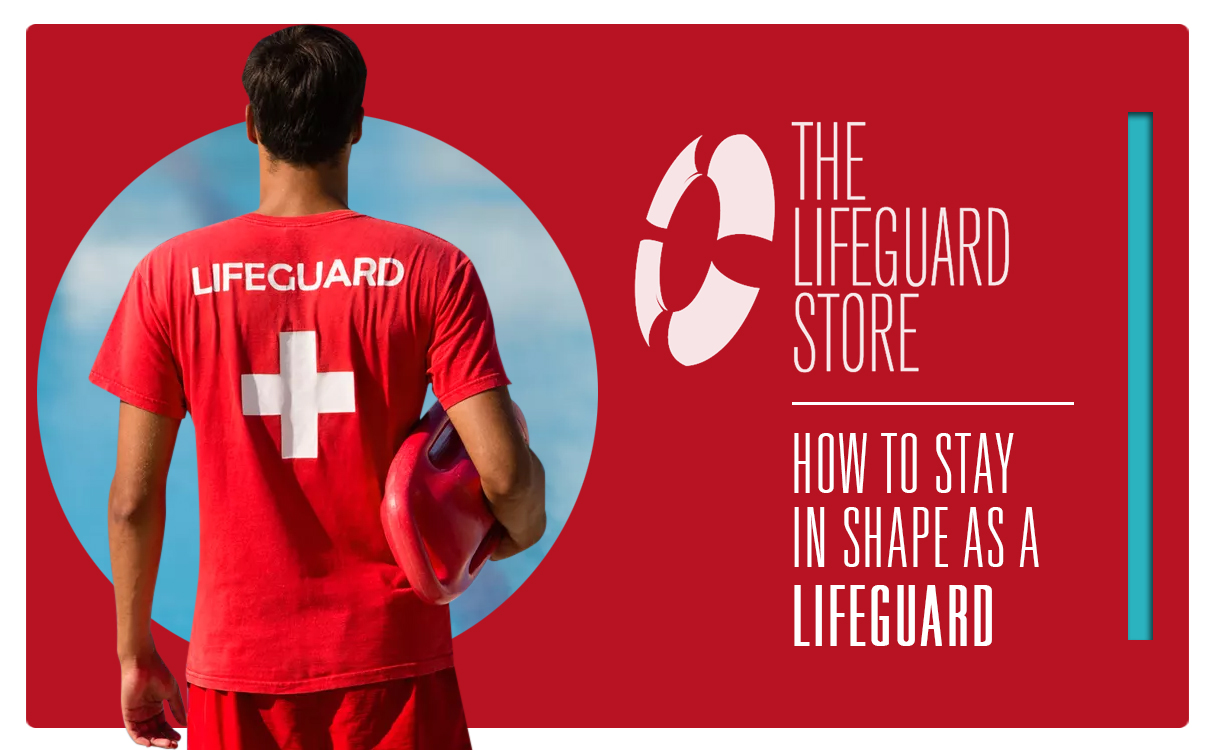 Lifeguarding is a physically demanding job. You have to be on your feet for a good part of the day, often in hot weather conditions, and you need to be ready to spring into action at any moment. It might seem like all the hard work is behind you after training and receiving certification, but a lot of discipline and commitment goes on beyond that. Lifeguards need to stay in shape to perform their jobs well each day. Here are some lifeguard exercise tips to keep your muscles in peak condition for the job.
Lifeguarding is a physically demanding job. You have to be on your feet for a good part of the day, often in hot weather conditions, and you need to be ready to spring into action at any moment. It might seem like all the hard work is behind you after training and receiving certification, but a lot of discipline and commitment goes on beyond that. Lifeguards need to stay in shape to perform their jobs well each day. Here are some lifeguard exercise tips to keep your muscles in peak condition for the job.
Lifeguard Training Exercises

Lifeguards regularly train before and after hours at their pools, water parks and beaches. If you are looking to find a lifeguard workout that is a good fit for you, check out these different exercise options.
- Swimming: If you are seeking good workouts for lifeguards, swimming is the logical place to start. Being able to jump into the water and quickly swim to a person in distress is one of the most significant responsibilities a lifeguard has. So, it is imperative you keep your swimming skills honed. Swimming is also an excellent total-body workout. Lifeguards can try a blend of swim training styles to stay fit. Sprint training, which means you will swim as fast as possible, helps you acquire the speed and technique you will need during an emergency in the water. Endurance swimming pushes you to perfect your breathing and technique over longer periods. See if you can dive into the water before or after your shift to get in some laps. You can also set aside time outside work to focus on swim training.
- Rowing: Rowing is a vital lifeguard workout for anyone who works on a natural body of water, whether a lake or the ocean. That kind of lifeguarding role might require you to use a rowboat to reach a person in distress. Even if you work at an indoor pool, rowing can a be a fantastic way to stay in shape. This exercise provides a strenuous cardio workout and improves your upper-body strength. If you have access to a boat at your job, you can do drills in the boat. If you do not have access to a boat, you can find the same benefits on a rowing machine at a gym. If you are looking for a light warmup on the rowing machine, aim for three-minute repetitions with 16 to 18 strokes per minute. For a more strenuous workout, increase the time and speed. Aim for 17 to 18 minutes with 26 to 28 strokes per minute.
- Running: Your job might not call for a ton of running, but if you work anywhere with shallow water, whether at a beach or pool, you may need to run through the water in the course of your job. Add running through shallow water to your exercise regimen to familiarize yourself with the extra work your leg muscles will need to do. Aas an exercise, jogging and sprinting can be excellent lifeguard physical training. Try to add a 30-minute run at 75 percent to 85 percent of your maximum heart rate to your routine at least a few times a week. You can also try 15- to 30-second sprints. Running on land will help improve your endurance in the water. If you are a beach lifeguard, running on the sand adds an extra challenge. The soft sand will shift under your feet and push your leg muscles to work harder to pump and maintain overall balance. Running is also an excellent cardio workout. It helps improve breath control and lung capacity, both vital to being a lifeguard.
- Extrication exercises: Extrication refers to the actions lifeguards need to take when pulling someone out of the water. Extrication is one of the most important exercises for lifeguards because it is a lifesaving skill. This type of exercise will require more than one lifeguard. You can do extrication drills using equipment like rescue tubes and backboards. These drills are designed to get lifeguards comfortable and efficient with the equipment. One lifeguard plays the role of a swimmer in distress, while one or more practice quickly reaching the person and towing them across the pool to safety. Time how long each exercise takes and work to improve that time. For example, see if you can reach a person 10 feet from the side of the pool and pull them to safety within 20 seconds.
- On-land muscle training: Aside from running and using a rowing machine at the gym, there are plenty of other exercises lifeguards can do outside of the water. Compound exercises, those that work multiple different groups of muscles at the same time, are a powerful tool for staying fit. Some compound exercises for lifeguards include planks, which work your core, arm and leg muscles, and tower stretches, which work your triceps, deltoids and rotator cuffs. A plank involves holding your body in the top of a push-up position with a straight back. Or, try tower stretches with resistance bands. Stand on a band and lift both sides with your hands. Repeat several reps to work your shoulder muscles.
Muscle Groups Lifeguards Need to Work Out
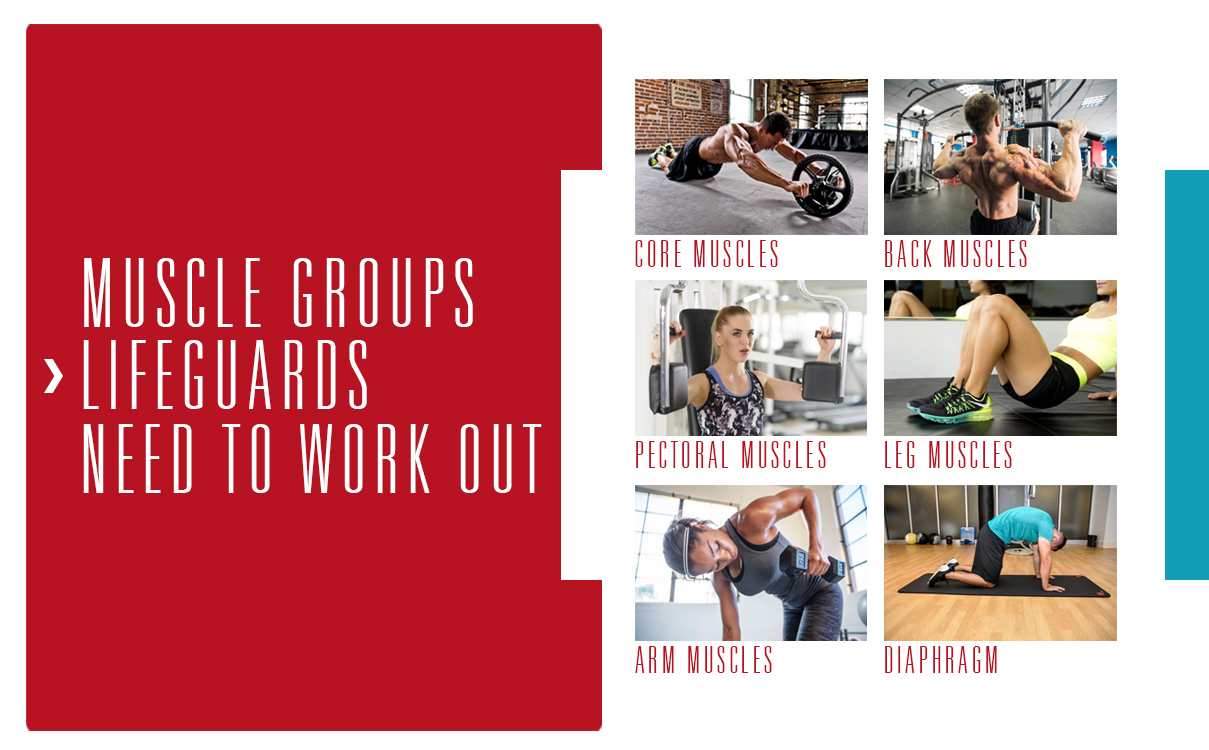
Lifeguarding puts demands on pretty much your entire body. What specific muscle groups should you focus on when designing a workout?
- Core muscles: Your body's core muscles allow you to move and stabilize your spine. The abdominals and obliques are two of the main groups of core muscles. Core strength is essential for lifeguards because it is the foundation of overall physical fitness. You need strong muscles to maintain balance and stability, both of which you will need to be on your feet for long periods and react to any emergency situation. A strong core means the other muscles in your body, like your hip muscles and lower back muscles, will have better performance and greater coordination. When it comes to swimming, core strength will improve the force your arms and legs generate as you move through the water. In addition to planks, other core exercises include bridges, sit-ups and abdominal presses.
- Back muscles: Your back muscles do a lot of the hard work when it comes to heavy lifting. The main muscles in your back include the latissimus dorsi, the trapezius, the spinal erectors, the teres major and the rhomboids. Lifeguards need those strong back muscles to carry heavy loads over at least a short distance. If you have to rescue a swimmer, you need to be able to swim to the person in distress, pull them out of the water and carry them to safety. Keeping your back muscles in peak condition will also help prevent injury when lifting heavy loads. Many of the exercises lifeguards already do, like swimming and rowing, will help build strength in this muscle group. If you are looking for some extra back muscle exercises, you can try deadlifts with barbells and pull-ups. Remember to select an appropriate barbell weight to avoid injury. You can slowly add weight and repetitions as you get stronger and more familiar with your body's capabilities.
- Pectoral muscles: Pectoral muscles, including the pectoralis major and pectoralis minor, are the muscles that cover your upper chest. Your pectorals play a major role in controlling arm movement and breathing. Lifeguards need strong pectorals to achieve the coordinated strokes required to swim effectively. Swimming as exercise will help build pectoral muscle strength, but weightlifting is one of the most effective ways to target this group of muscles. Head to the gym to try several different exercises that will get your pecs in top shape. Try bench-pressing with hand weights or a barbell. If you are looking to use one of the machines at the gym, the chest press is ideal for building pectoral strength. If you want to work out at home, different push-up variations are a great way to build chest muscle strength. Options include one-leg push-ups, wide-hand push-ups and side push-ups.
- Leg muscles: Lifeguards need their leg muscles to sprint and swim to swimmers in need. Plus, you might have to spend a good part of your day standing up. Your quadriceps, hamstrings and calves are the major muscles in your legs. Your quads are a group of four muscles located on the front of the thighs. These muscles help move your knees. Your hamstrings are a group of muscles located on the back of the thighs. While not a muscle, your IT band can affect your legs. This ligament runs from your hip to your knee. To work all your leg muscles, try exercises like squats, lunges and leg raises. These exercises will work both your quads and hamstrings. Running and swimming are also effective ways to keep your leg muscles in shape. Active people can sometimes run into IT band issues. Repeated bending of the knee can lead to a swollen IT band, which usually means knee pain. If you feel signs of IT band pain, take the time to rest. Ease back on exercise that worsens the pain and put ice packs on the affected area. Lifeguards need to be in shape, and part of being in shape is allowing your body recovery periods.
- Arm muscles: Strong swimmers, something all lifeguards need to be, rely on their biceps and triceps to help pull them through the water. Lifeguards also need those arm muscles to help them lift heavy loads, whether it is equipment or a swimmer in distress. Your biceps are the large muscles on the top part of your upper arm. The triceps, also located on the upper arm, extend the entire backside of the arm from the shoulder to the elbow. You can work on improving biceps and triceps strength during your regular swim routine. The arm movements required for freestyle, breaststroke, backstroke and butterfly all require coordination and strength from those arm muscles. You can also work on biceps and triceps strength outside the water. Some helpful exercises include close-hand push-ups. As the name suggests, you place your hands close together beneath your chest, rather than shoulder-width distance apart, as you move through each set of push-ups. You can achieve the same kind of exercise by bench-pressing weights with a close grip. If you are looking for a high-intensity workout, try reps of 15 to 20. For a low-intensity workout, do four to six reps.
- Diaphragm: The diaphragm is a large sheet of muscle that plays an essential role in breathing. The dome-shaped muscle separates the chest from the abdominal cavity. Exercising this muscle is not about how much you can lift or how fast you can move. Instead, diaphragm exercises focus on breathing technique and control. That means you can practice diaphragmatic breathing anywhere. You can try these exercises each night before bed, or sitting in a chair during the day. When lying down, support your head and knees. Place one hand on your chest and one beneath your rib cage. Breathe in through your nose and exhale through your mouth. Try to tighten your stomach muscles and keep your chest as still as possible. As you breathe, you should feel your stomach move against your hand. You can repeat this same exercise sitting up. Diaphragmatic breathing, also known as abdominal breathing, helps you breathe with less effort and slows down your breathing rate. Lifeguards can also practice their breathing during swimming exercises. Remember to always inhale with each stroke and exhale in the water. Training your diaphragm and practicing measured breathing will help lifeguards who need to swim to a person in need quickly.
Why It's Important to Stay in Shape as a Lifeguard
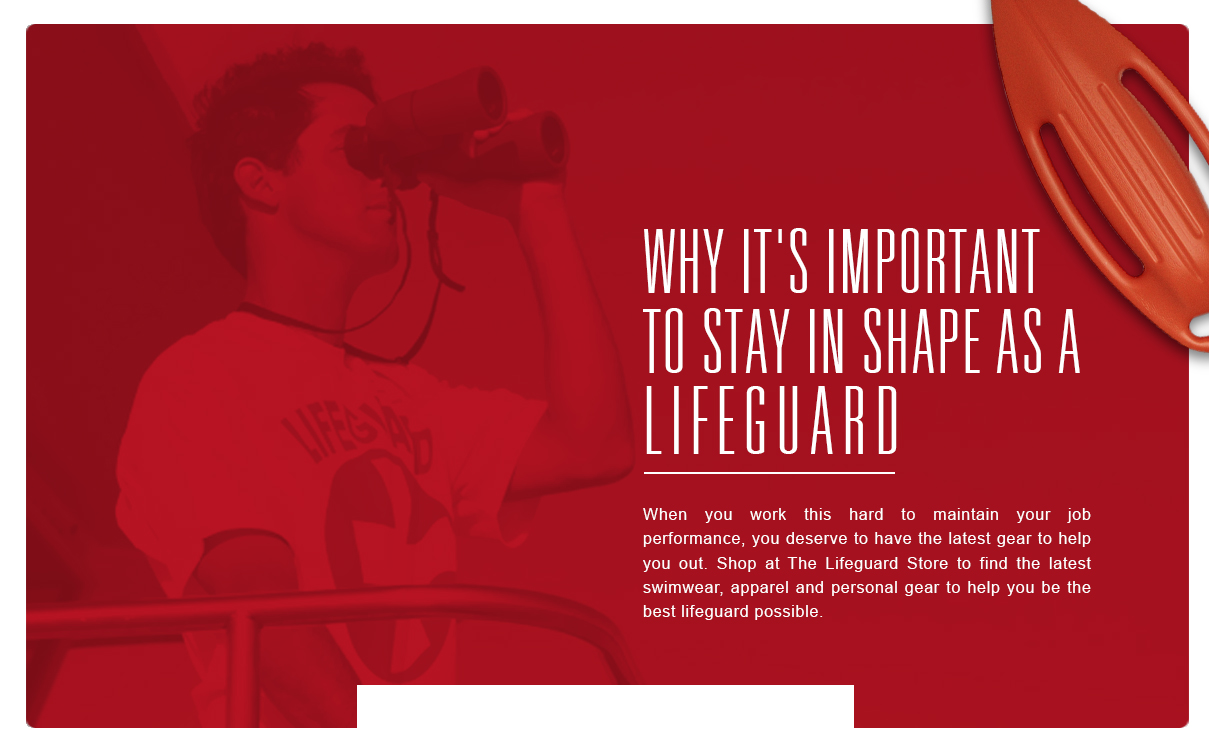
Staying in shape has plenty of benefits for people. Physical fitness means your overall health is better, plus you will enjoy an improved sleep schedule, less time being sick, decreased stress and general well-being. But, for lifeguards, staying fit is part of the job. Lifeguards spend long hours standing, often in the sun, while holding and carrying equipment.
In case of an emergency in the pool or natural body of water, the lifeguards on duty need to spring into action as quickly and effectively as possible. That means running to the water and swimming or rowing to reach the person in need. In an emergency, there is little room for error. Lifeguards need strength, coordination and endurance to perform their most important job function: saving lives.

When you work this hard to maintain your job performance, you deserve to have the latest gear to help you out. Shop at The Lifeguard Store to find the latest swimwear, apparel and personal gear to help you be the best lifeguard possible.
Learn More About Aquatic Fitness:



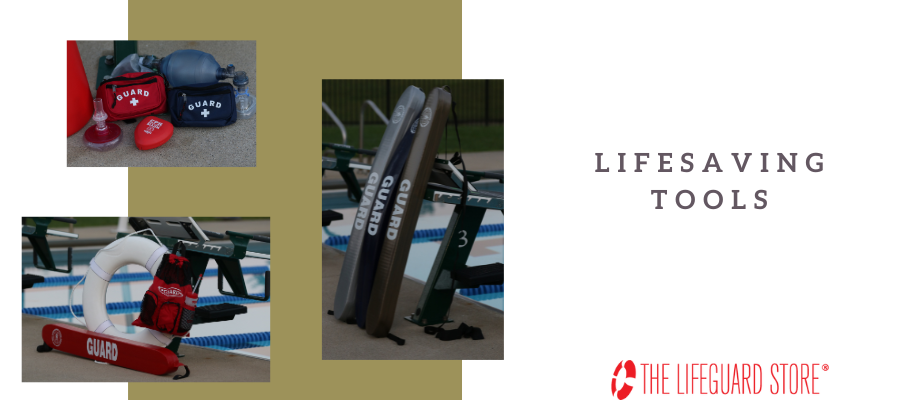
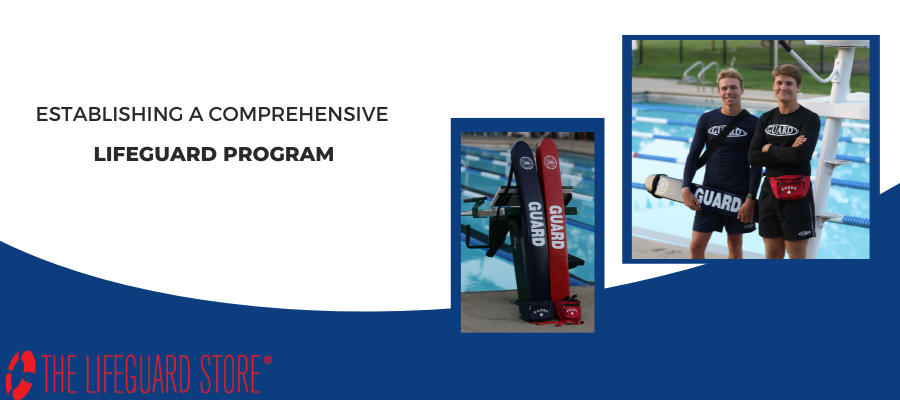
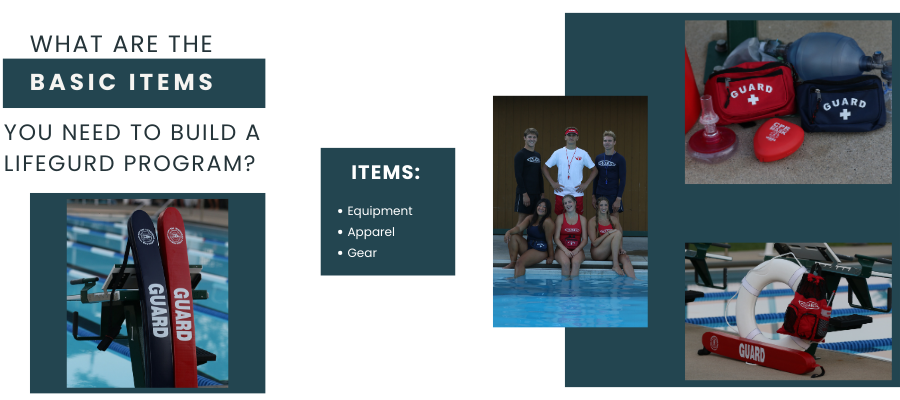
Leave a Comment
Your email address will not be published. Required fields are marked *